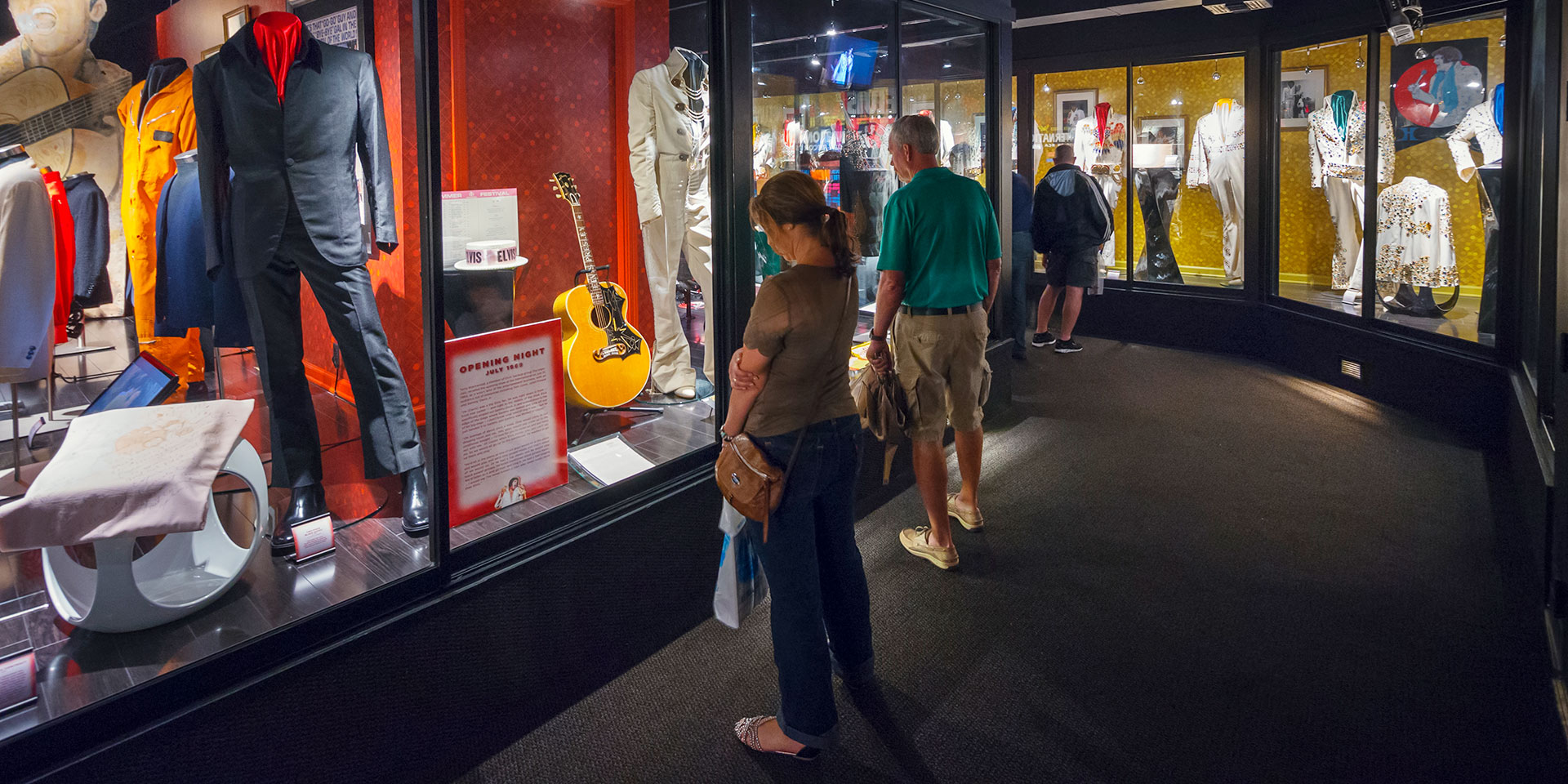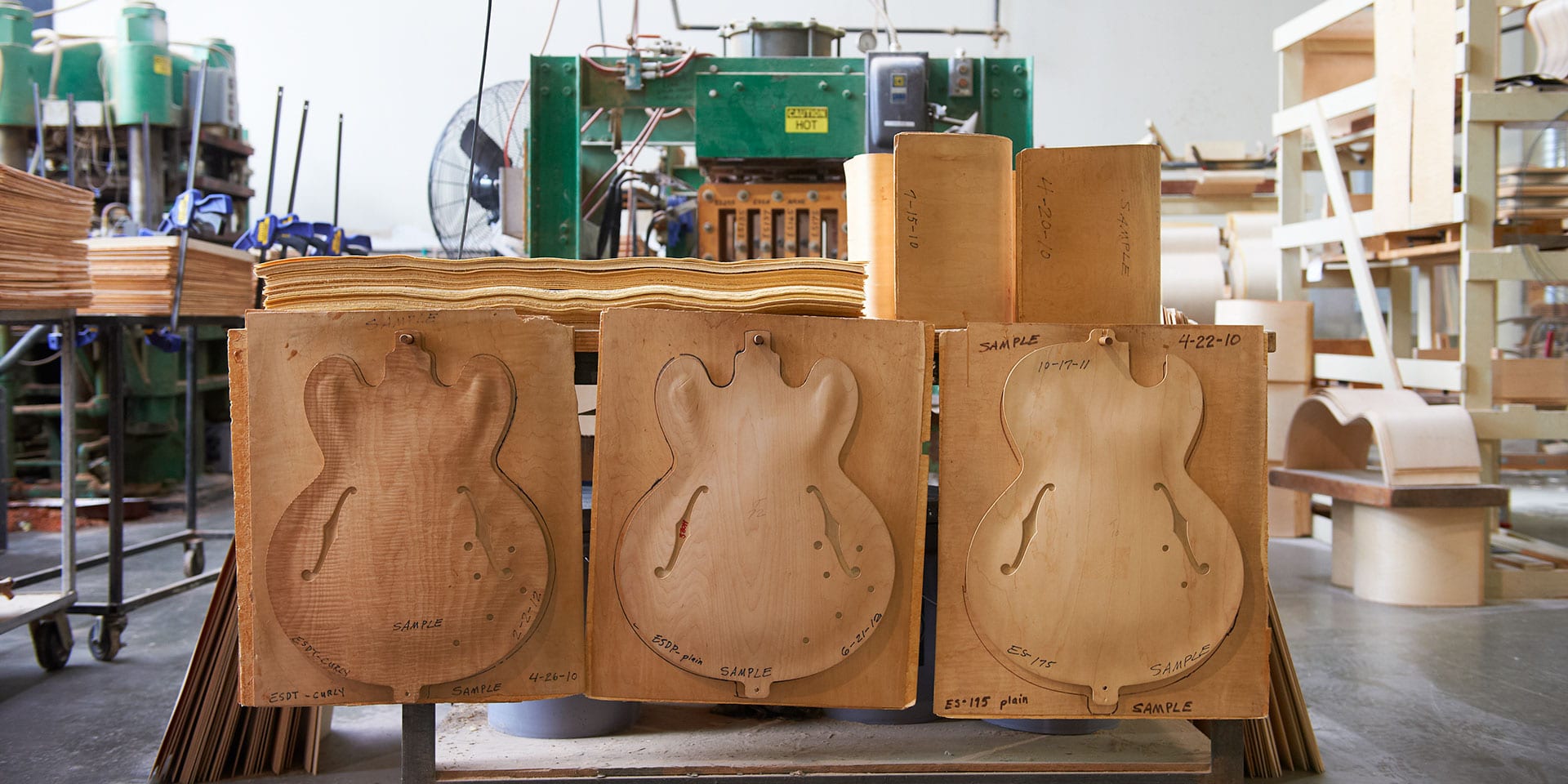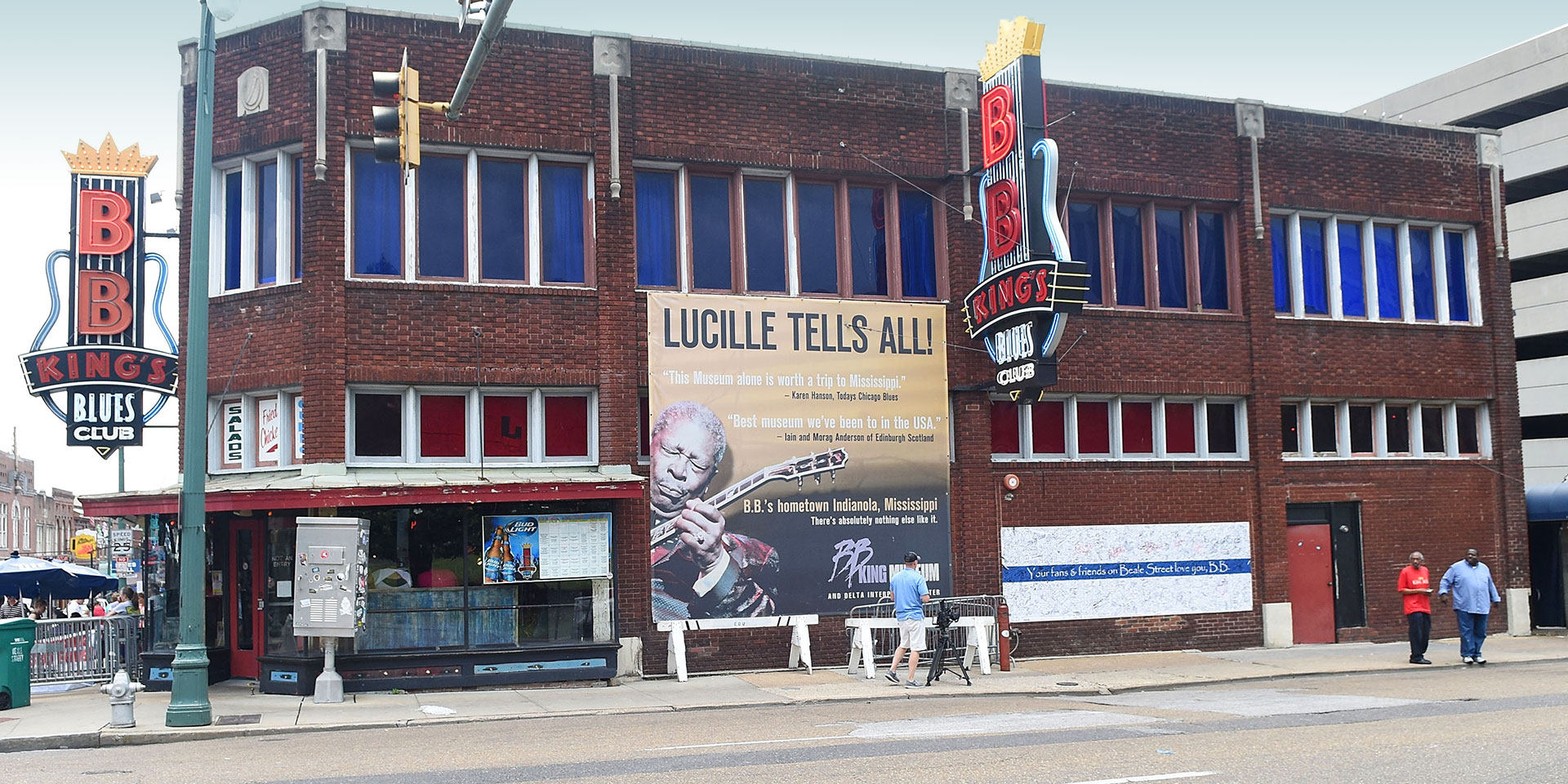There’s a certain kind of attitude that permeates Memphis, one strummed from the strings of the blues, soul and rock artists past and present who have made their mark here. And for the ultimate music lover, there’s no more fitting pilgrimage than a trip to the land of the delta blues to see — and hear — where it all began.
The Evolution of Memphis’ Sound
Elvis Presley and Memphis may today be synonymous terms — after all, the King’s empire lives on at Graceland (always a Memphis must-see) — but the city boasted a music scene far before he arrived.
Beale Street first began as a meeting place for the African-American community following the Civil War but saw its heyday as an entertainment district in the Roaring ’20s.

At the turn of the century, W.C. Handy, “the father of blues,” was one of the bustling avenue’s most prominent residents, and he still has a museum operating out of his former home there.
Nearby, the two-year-old Blues Hall of Fame Museum serves as a well-curated history lesson on Memphis’ bluesy past. It has an extensive music collection of greatest hits and rare finds for visitors to dip into via its various high-tech listening stations.
Memphis’ post–World War II sound was sculpted by a posse of rockabilly greats plucked from anonymity by Sam Phillips, musical trailblazer and founder of Sun Studio, which debuted in 1950 and bears the moniker “the birthplace of rock ‘n’ roll.”
Presley, who Phillips had recruited as a high schooler in 1953, was already a household name when he dropped by the studio three years later and found himself in an impromptu jam session with Carl Perkins, Jerry Lee Lewis and Johnny Cash that was recorded and later dubbed “the Million Dollar Quartet.” The small studio has remained relatively unchanged and is open daily for tours.
Another formerly prominent recording studio, Stax Museum, now embodies the legacy of soul music. Stax founder Jim Stewart took a cue from Phillips and set out to be a producer in the ’50s, though it would be several years until he found his groove, thanks in part to the help from a business partner: his sister, Estelle Axton.
The duo joined forces — and combined their surnames, Stewart and Axton, to come up with Stax— and moved into an old movie theater on McLemore Avenue. They opened up a record shop in the studio to generate some income and became something of a local hangout.
But it was Otis Redding’s arrival in 1962 that would dictate Stax’s fate; the studio went on to release songs by Sam and Dave, Rufus Thomas and Booker T., among others. Though the original Stax was torn down in the late ’80s, the museum serves as a legacy to its glory years.
Downtown is dotted with other historic haunts, like the eight-story Chisca hotel, now a mixed-use development comprised of both apartments, as well as the popular eatery Catherine & Mary’s. The space once housed WHBQ radio, the station famed for playing Presley’s very first tune (some historians also credit it with being the first ever to air a rock ‘n’ roll song).
Present-day Memphis has been sculpted by such pipes as those of native Justin Timberlake, an international sensation who created Tennman Records and who is honored in the Memphis Music Hall of Fame. Bruno Mars also recorded his Grammy-winning, chart-topping hit “Uptown Funk” at Willie Mitchell’s Royal Studios, home to Hi Records.
While the former theater turned recording studio is not open for tours, it was responsible for releasing some of the best R&B and rockabilly music of the ’60s and ’70s and continues to stay relevant by producing plenty of mainstream artists, like John Mayer.
Music Memorabilia

Gibson Guitar Factory attracts both amateur and professional pickers who want to see the art behind guitar making and maybe pick up a souvenir to take home with them. Tours run daily and last an hour.
A bit more obscure, Memphis Drum Shop is mecca for drummers — and worth poking around even if you don’t play.
Though streaming music is de rigueur in 2017, Memphis still embraces the old-school with a handful of traditional record stores. In the Cooper-Young neighborhood, Goner Records specializes in an eclectic mix of LPs and 45s, while Shangri-La Records has been a Memphis staple for 30 years and remains a favorite local spot to hunt for vintage vinyl.
On the clothing front, Lansky Bros. was once the clothier to the King and has outfitted many notable artists in the decades since.
Live Music

The bright lights of Beale Street are still magnetic, summoning downtown tourists into its glittering confines. The original B.B. King’s Blues Club always draws a crowd, though those looking for something a bit more under the radar should steal up the fire escape to the third floor, where the speakeasy-style Itta Bena (named for B.B.’s birthplace) is one of downtown’s best-kept secrets.
Adventurous and looking for a truly authentic experience? Get off of Beale entirely and hit up Wild Bill’s, a raucous, divey, juke joint just north of Midtown brimming with live blues and soul music.
In warmer months there’s no place better to be than Overton Park, home to the Levitt Shell. This striking music venue lays claim to Presley’s first live appearance — he opened for headliner Slim Whitman in 1954 — but it fell into a state of disrepair in the 1970s and was at risk of being demolished entirely.
A decade ago it was saved by the city of Memphis and a nonprofit foundation that restored it to its former glory. Today the open-air amphitheater remains a popular gathering spot for the local crowd thanks to its family friendly concert series, and it presents more than 50 free shows a year.



